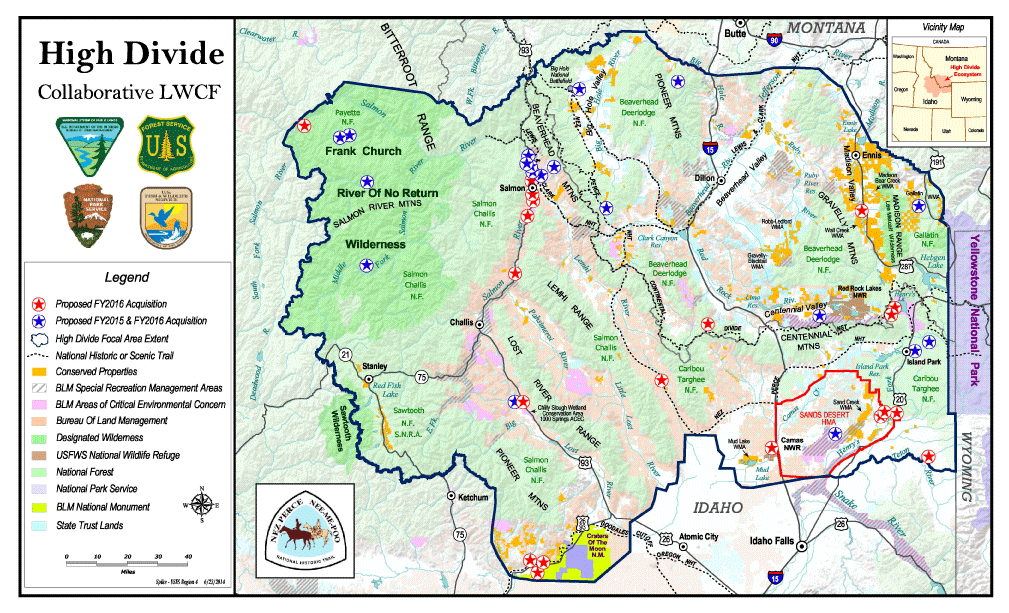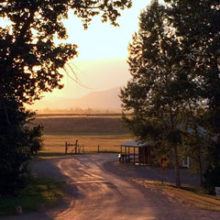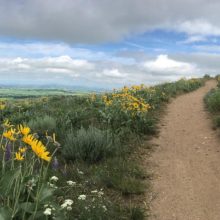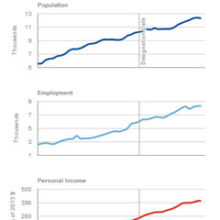As the traditional hunting season draws to a close in many states, it raises a larger question: do communities benefit economically from nearby outdoor recreation activities on public lands?
Answering this question can seem daunting. Fortunately, there are easy-to-access data and tools to help officials, businesses, land managers and others better understand their recreation economy.

For example, we recently reported some of the economic benefits from recreation in the High Divide region of Idaho and Montana–looking at general socioeconomic factors as well as specific travel and tourism sectors: visits to National Parks, Monuments, and other public lands; and the impacts of hunting, fishing, and other outdoor activities.
Recreation is only one of several important commercial activities supported by public lands. Earlier this month, Headwaters Economics posted several tools that illustrate the impact of the commercial activities on National Forests, including grazing, minerals, and timber.
Data and Tools
Headwaters Economics has developed a number of data tools to better understand local economies.
- Socioeconomic Profiles: the Economic Profile System (EPS) is free, easy-to-use software that provides detailed reports at the community, county, or state level. EPS offers 14 specific reports, including one on Travel and Tourism.
- National Parks: background and interactive showing the effect of visitation, spending, and other economic values for communities near every national park unit.
- National Monuments: case studies and reports on the economic performance of communities adjacent to western national monuments.
Other useful sites include:
- NVUM: The Forest Service offers a National Visitor Use Monitoring survey for every National Forest with data on visits, spending, demographics, uses, and other factors.
- Outdoor Recreation Economy: the Outdoor Industry Association publishes state-level data, updated annually.



